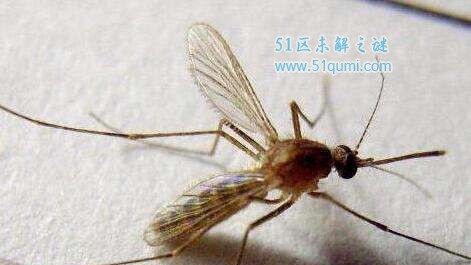解决最盈利的算法算法
我练了即将到来的面试算法和我无法正确地实现这一点。我想也最大限度地提高效率。这里的问题是:
I am practicing algorithms for upcoming job interviews and I am having trouble correctly implementing this one. I am trying to also maximize efficiency as well. Here is the problem:
最大限度地提高您的业务销售金属棒的利润。如果你卖的长度L N金属棒,您会收到N * L * metal_price。其余的小金属棒将被丢弃。为了减少金属棒,你需要支付cost_per_cut每一个切割。什么是最大的利润,你可以做什么呢?
Maximize the profit of your business selling metal rods. If you sell N metal rods of length L, you receive N * L * metal_price. The remaining smaller metal rods will be trashed. To cut metal rods, you need to pay cost_per_cut for every cut. What is the max profit you can make?
constraints:
lengths will be 1 to 50 elements, inclusive.
each element of length will lie in range [1,10000]
1 <= metal_price, cost_per_cut <=1000
样本输入:
cost_per_cut =1
metal_price =10
lengths = [26,103, 59]
return: 1770
如何本书解决了这是杆的最优化长度为6。所以我们切4块长6从第一棒,扔一块长2从它。接下来我们切17片长度为6,从第二棒,并扔掉一块长度为1的第三个,我们削减9个长度为6的,扔了一块长5。所以我们总共取得了30的削减。因此,30 * 6 * 10 - 30 * 1 - 1770
how the book solved this is that the most optimal length of rod is 6. so we cut 4 pieces of length 6 from 1st rod, and throw piece of length 2 from it. next we cut 17 pieces of length 6 from 2nd rod, and throw away piece of length 1. for the third, we cut 9 pieces of length 6, and throw a piece of length 5. so in total we have made 30 cuts. therefore, 30*6*10 - 30*1 - 1770
下面是我的尝试至今:
def maxProfit( cost_per_cut, metal_price, lengths):
profit =0
for num in lengths:
我只是真的不知道如何去这样做。我应该遍历的数字,看到的最低的数字他们是整除,用什么?任何想法?
I'm just not really sure how to go about doing this. Should I iterate over the numbers and see what the lowest number they're divisible by and use that? Any ideas?
推荐答案
虽然由@JasonL提供的算法,适当地回答了这个问题,但我认为只是因为要素的长度在范围[1,1000]我们不'T有必要从1开始,一路去到1000。
While the algorithm provided by @JasonL, suitably answers the question, but I think just because the length of elements lie in the range [1,1000] we don't have to necessarily start from 1 and go all the way to 1000.
以你的情况,例如:
lengths = [26,103, 59]
理想的情况是,如果在最小的这些数字,即26的103和59的一个因素。我们不会有任何垃圾长度和具有最大的利润。
The ideal situation would be if the smallest of these numbers i.e. 26 is a factor of 103 and 59 as well. We won't have to trash any length and have maximum profit.
因此,在你的算法这是你应该做的第一次检查。现在如果最小数目不分割的其他两个数字。只是遍历最多至1。@ user3386109,正确地指出,这是没有必要的,最小的一个是总是包含在内,但最大的一个的应该的是,因为我们在这里利润最大化。
So in your algorithm that's the first check you should do. Now if the smallest number doesn't divide the other two numbers. Just loop through the largest number till 1. As @user3386109, rightly pointed out, it's not necessary that the smallest one is always included, however the largest one should be since we are maximising profit here.
所以,你的情况,[1,1000]如果你只是从[1103]检查,发现这些数字小于或等于26103,59的最大倍数,适当计算的利润。你应该有最大的利润。
So in your case, instead of checking from [1,1000] if you just check from [1,103] and find the largest multiples of these numbers less than or equal to 26,103, 59 and calculate the profits appropriately. You should have the maximum profit.
时,该算法的复杂度 - > O(MAX(长)*尺寸(长度)) ,其中长度是数组 [26103,59] 和 MAX()是最大的元素该数组和尺寸()重presents该数组的长度。
Time complexity of this algorithm -> O(max(lengths)*size(lengths)) where lengths is the array [26,103, 59] and max() is the largest element of that array and size() represents the length of that array.
希望它可以让你在正确的方向开始。
Hope it gets you started in the right direction.








